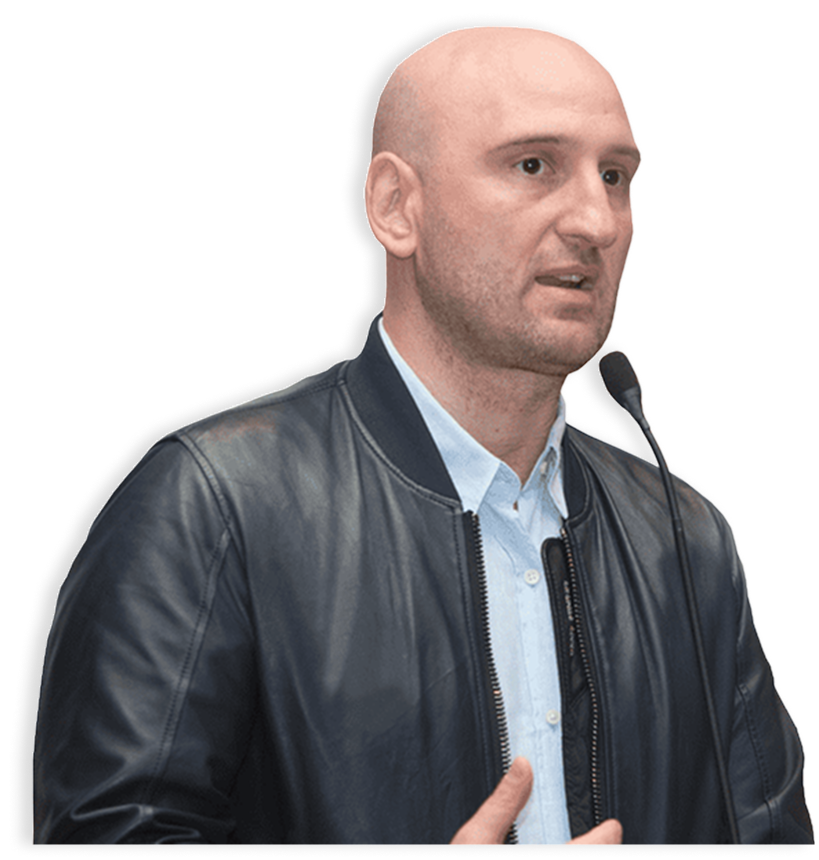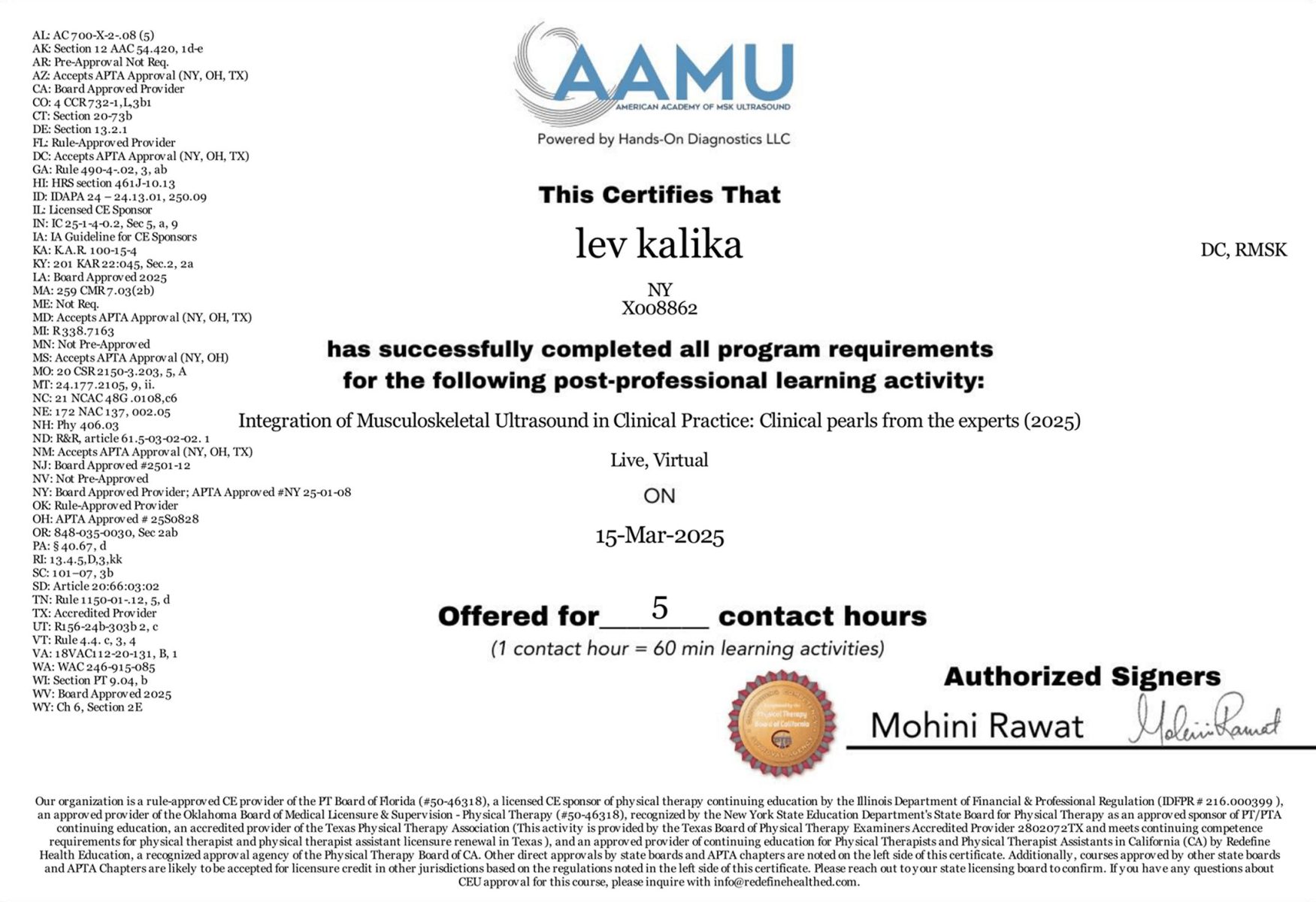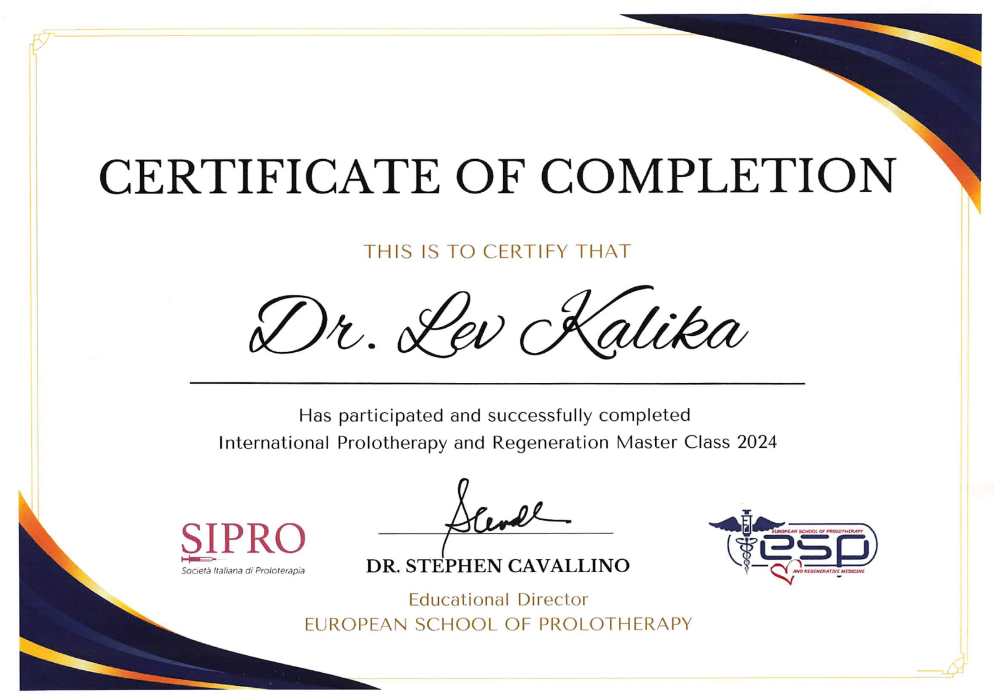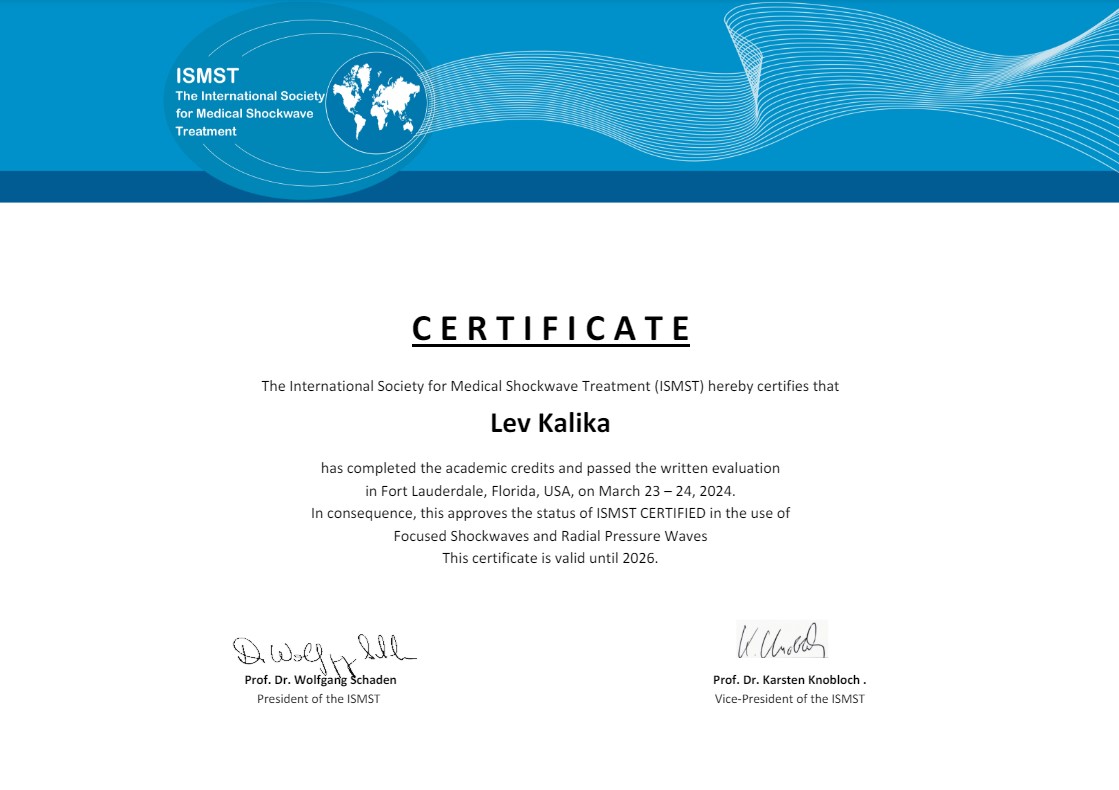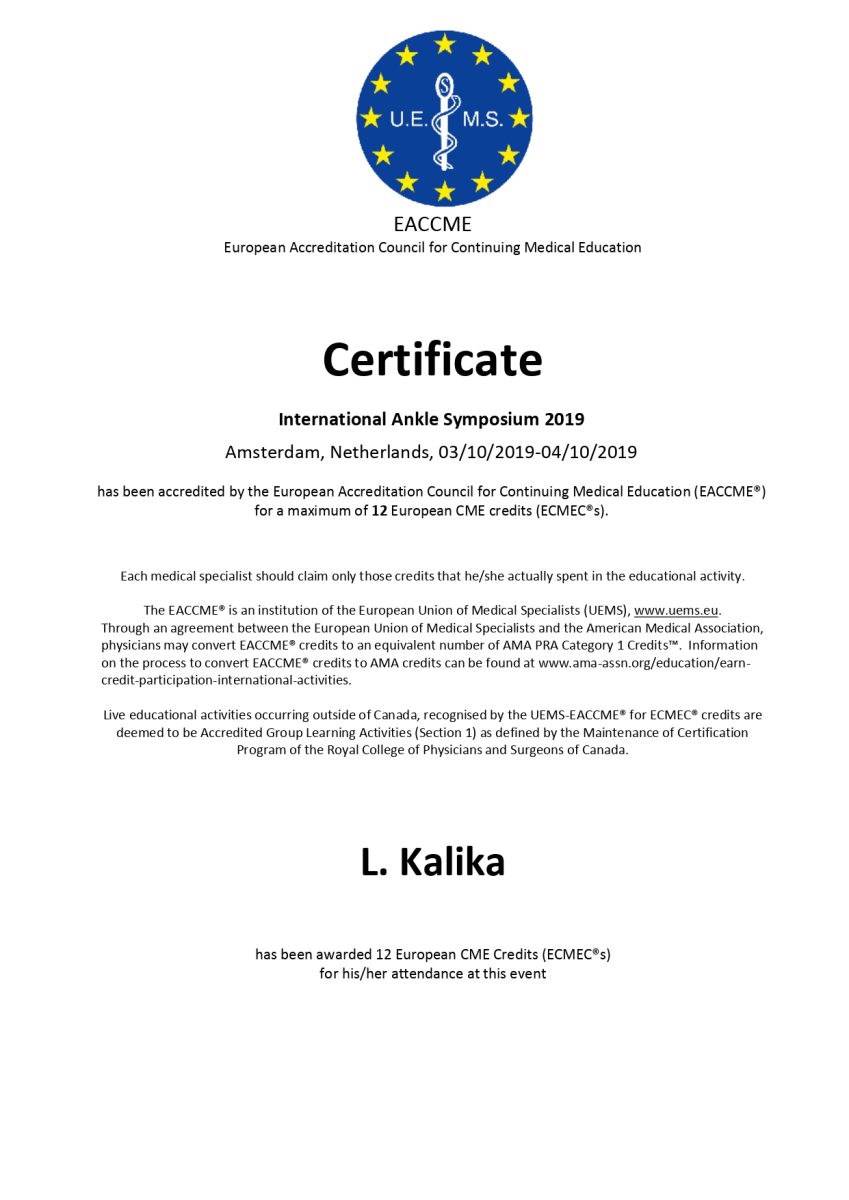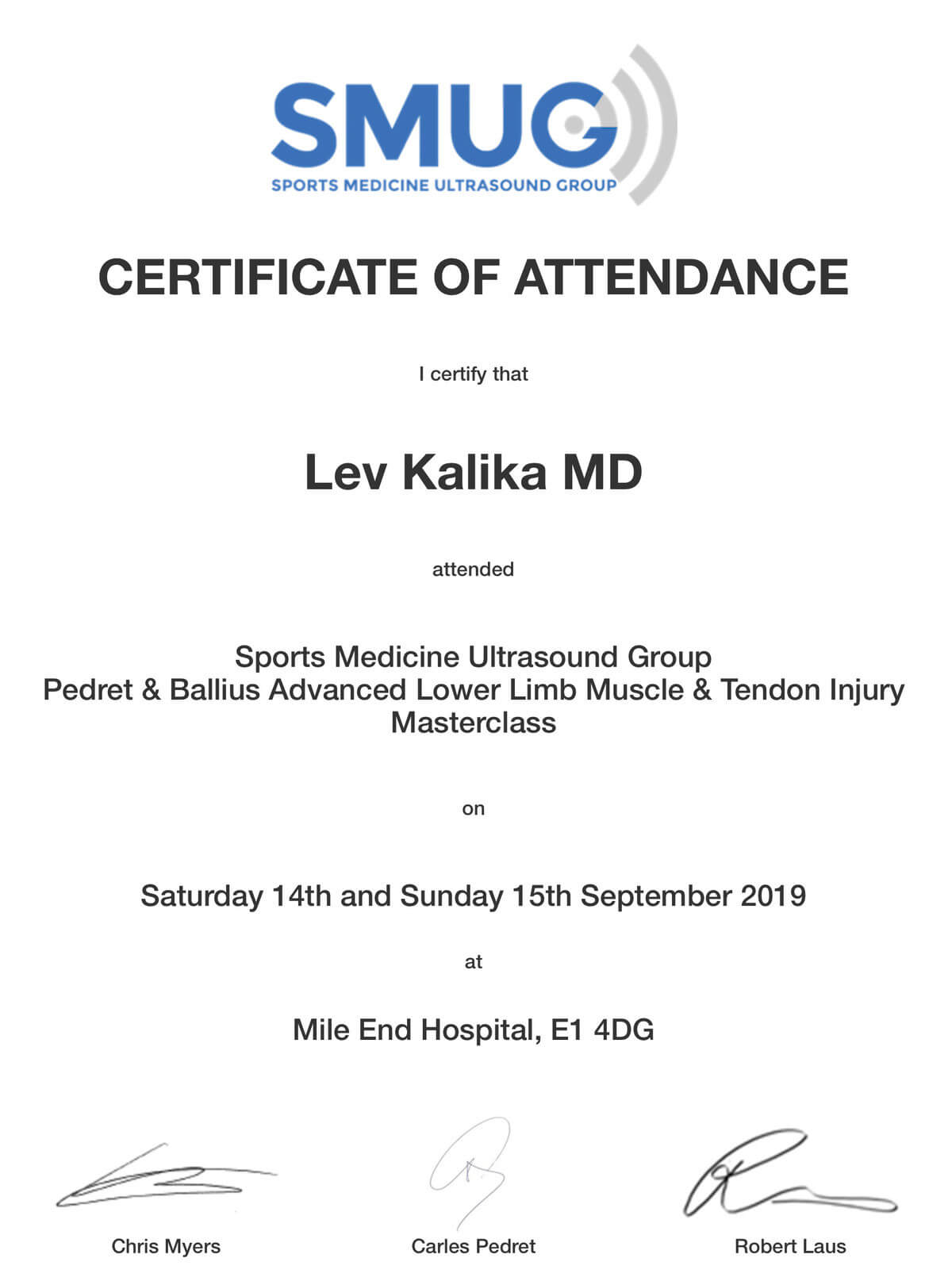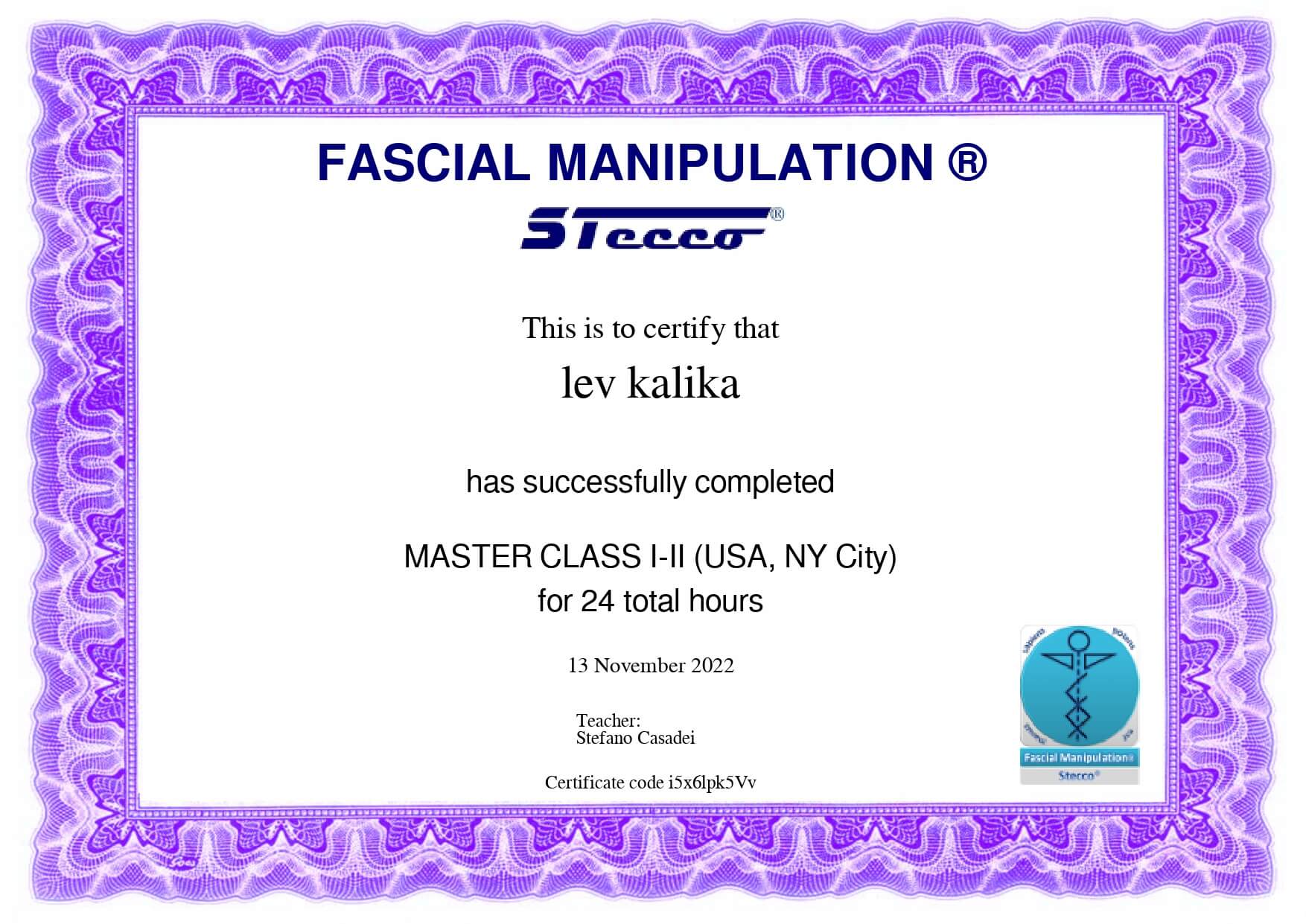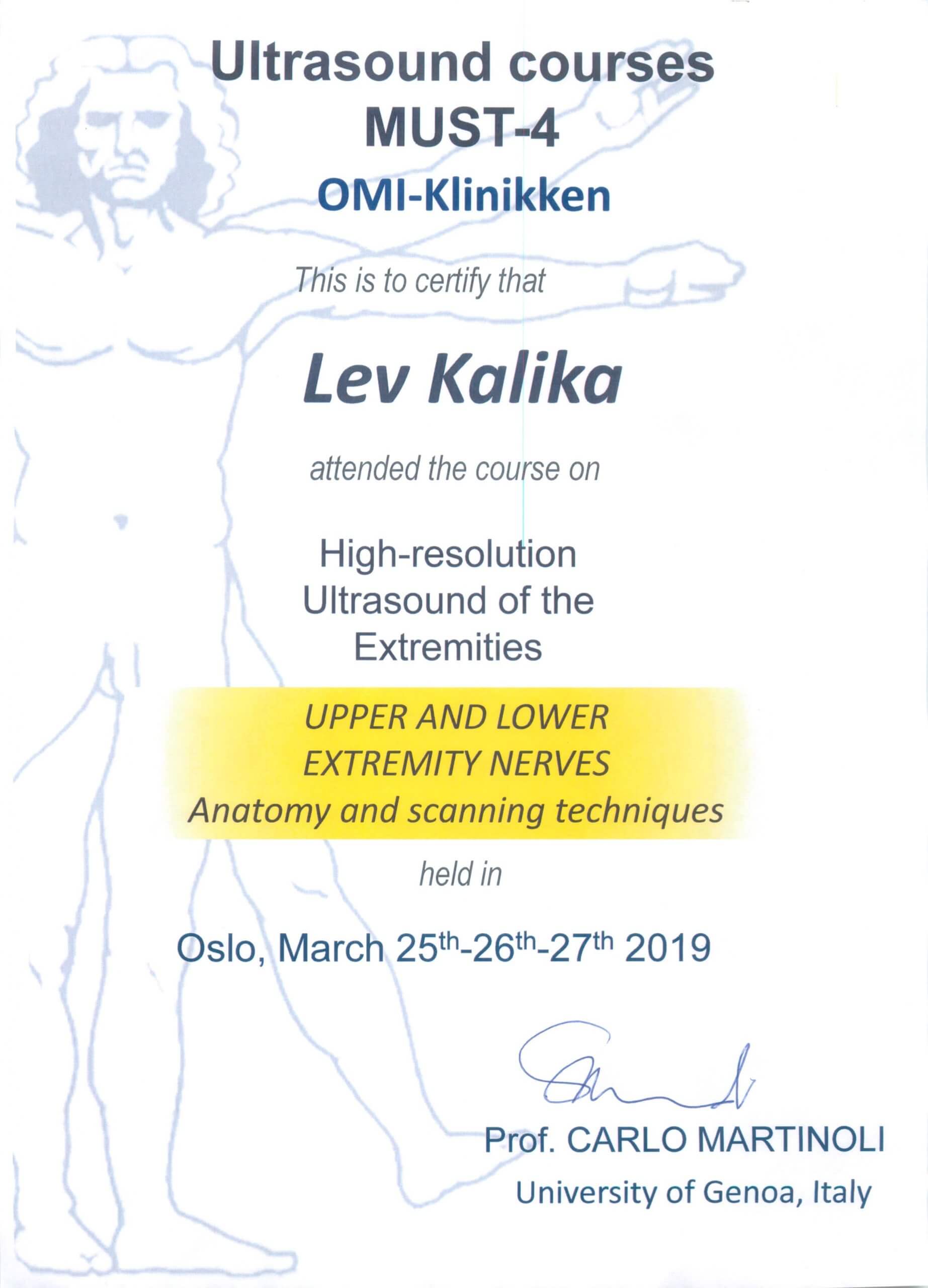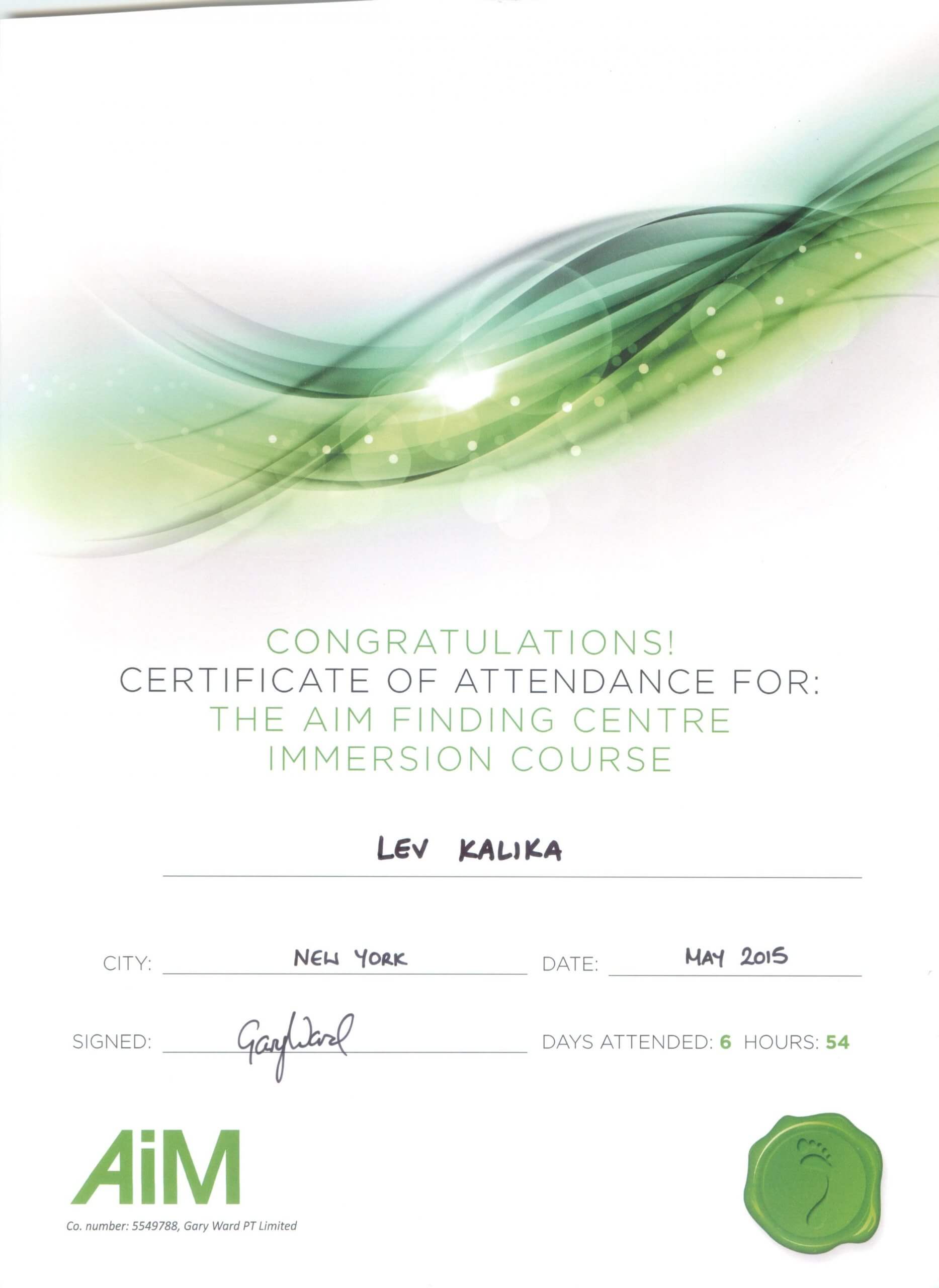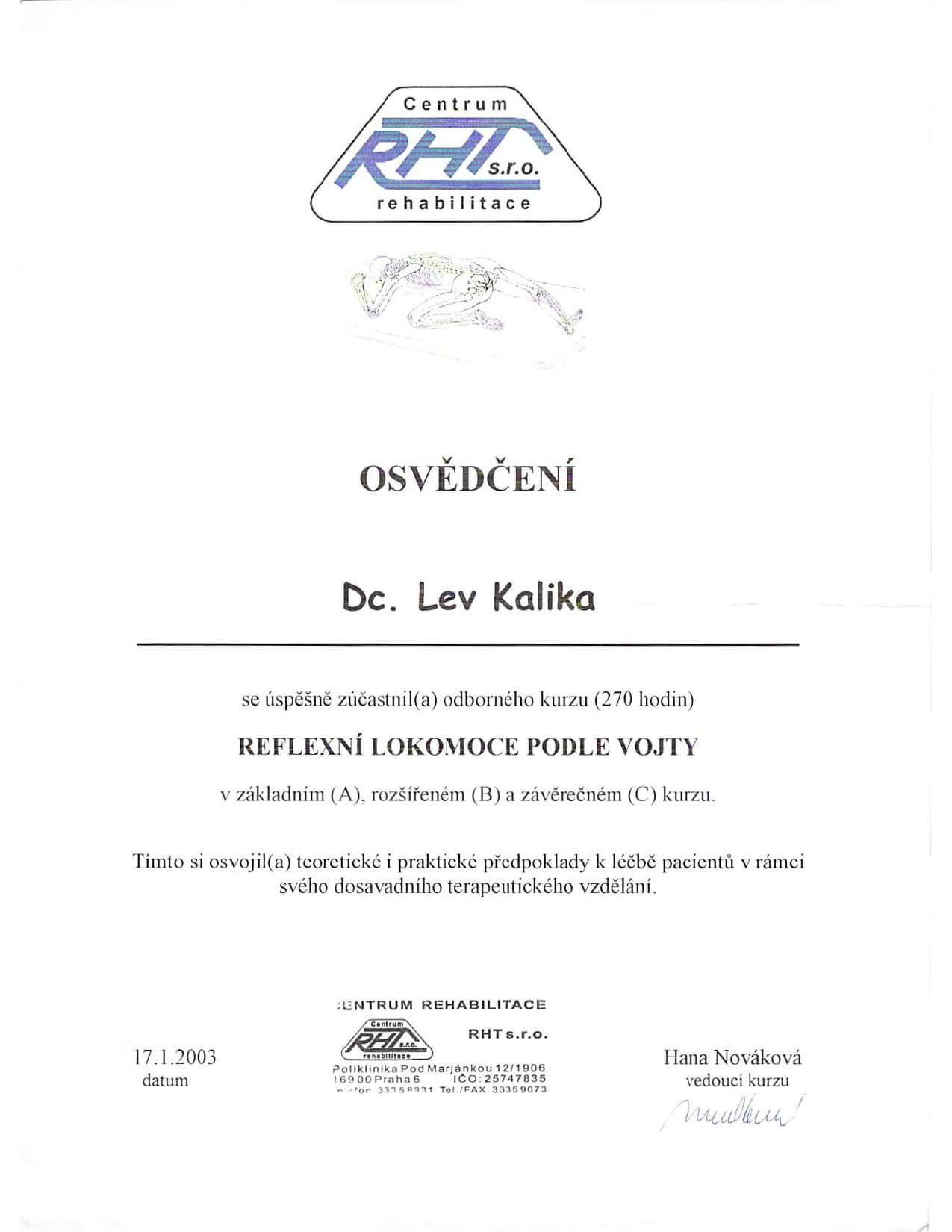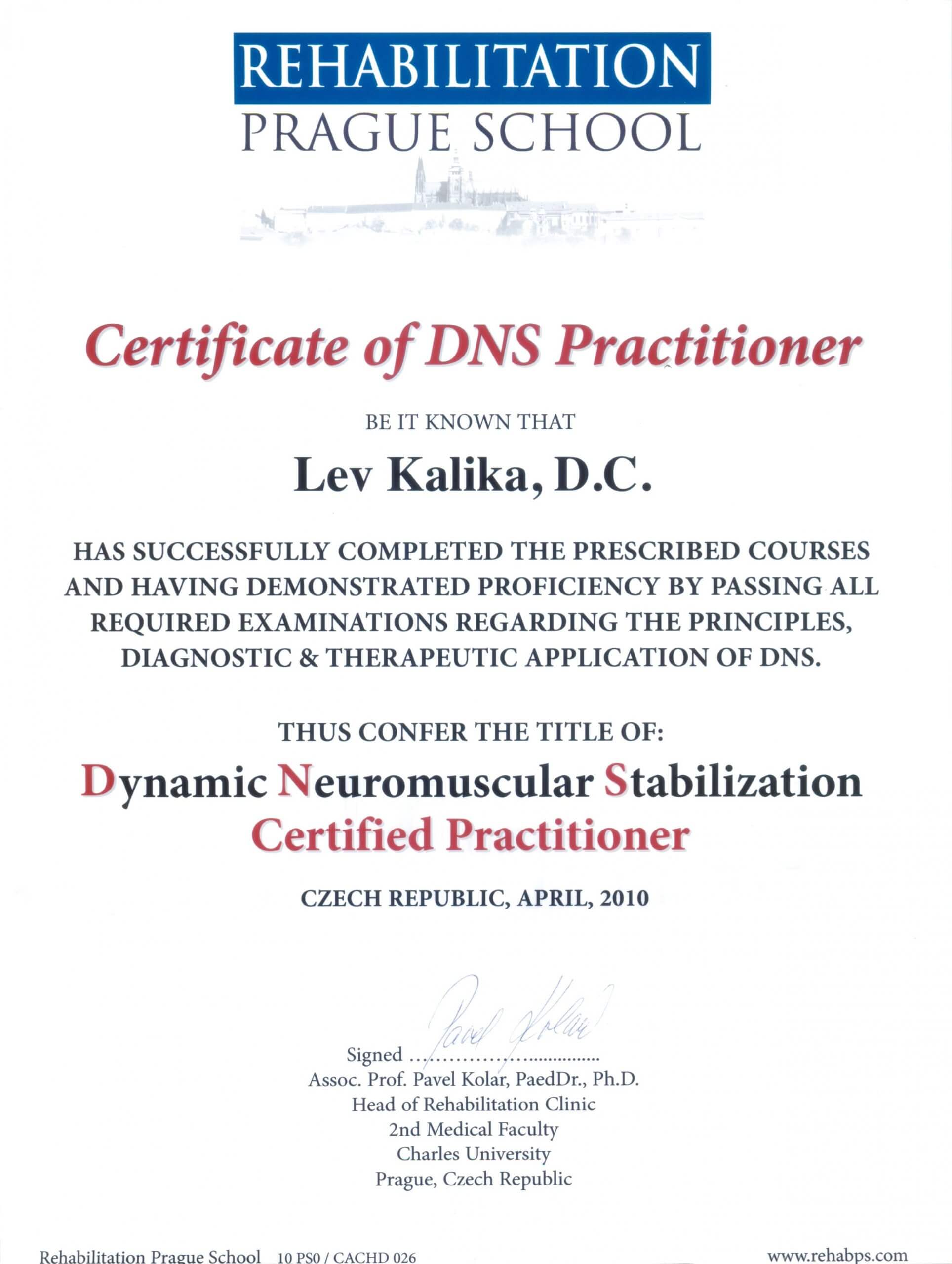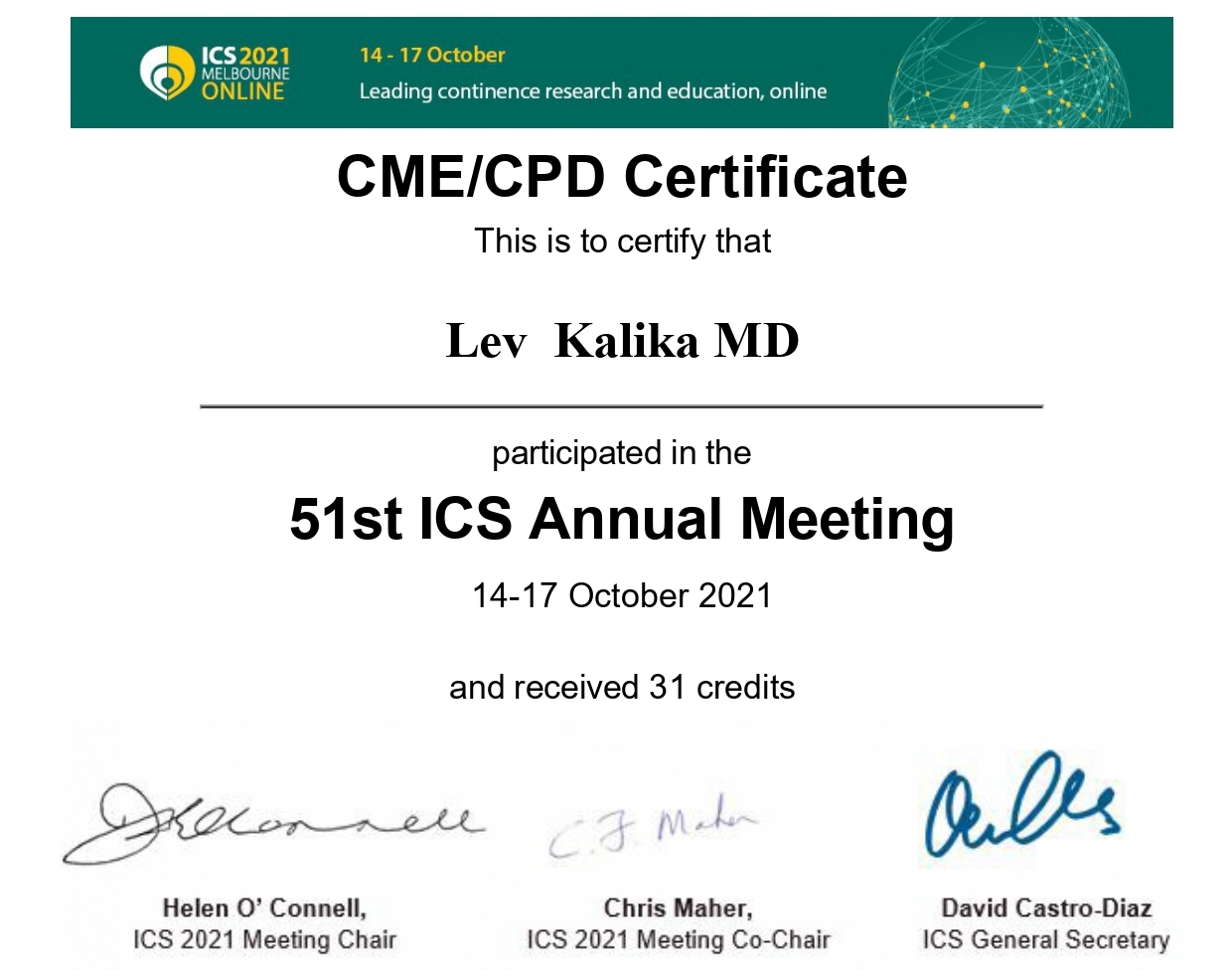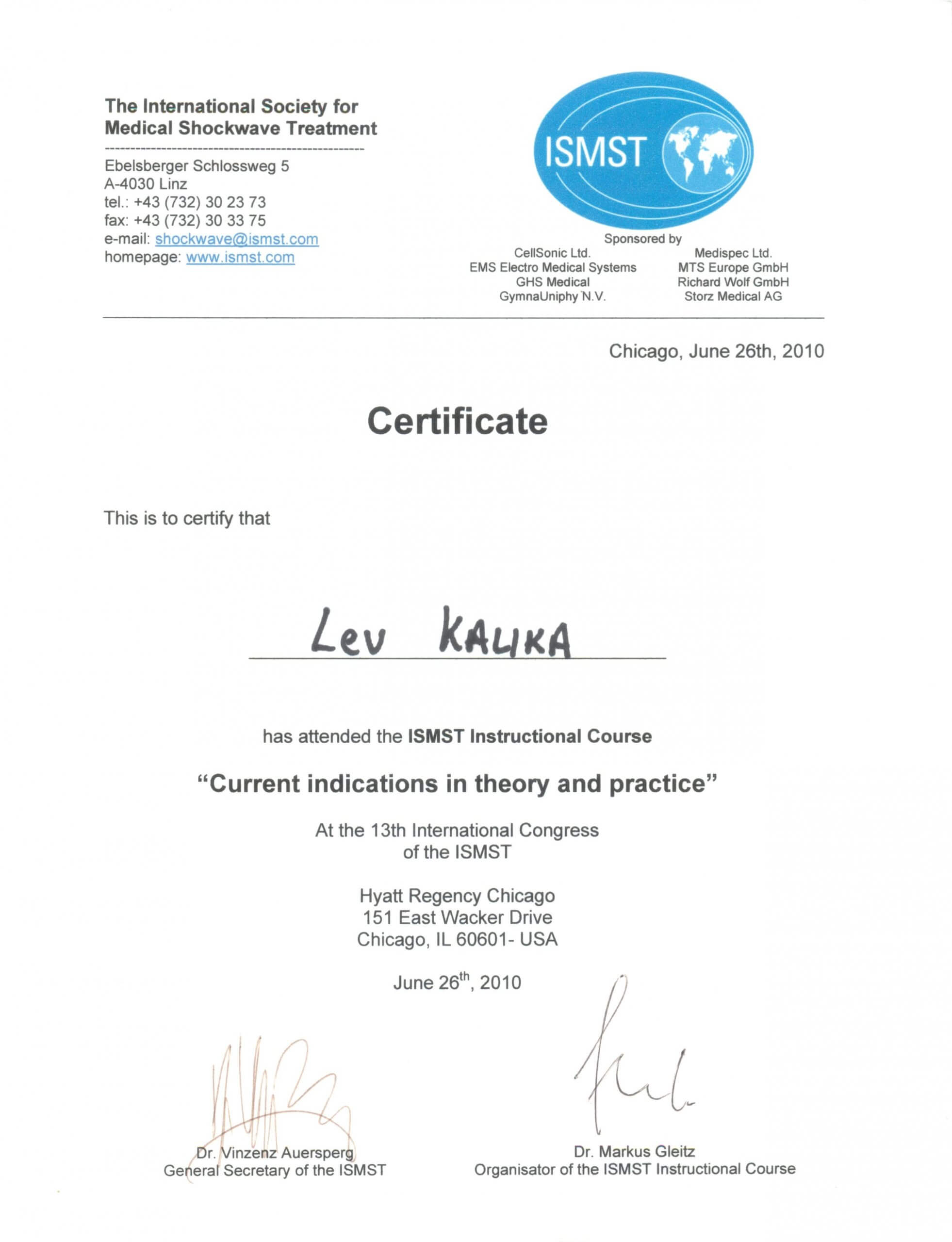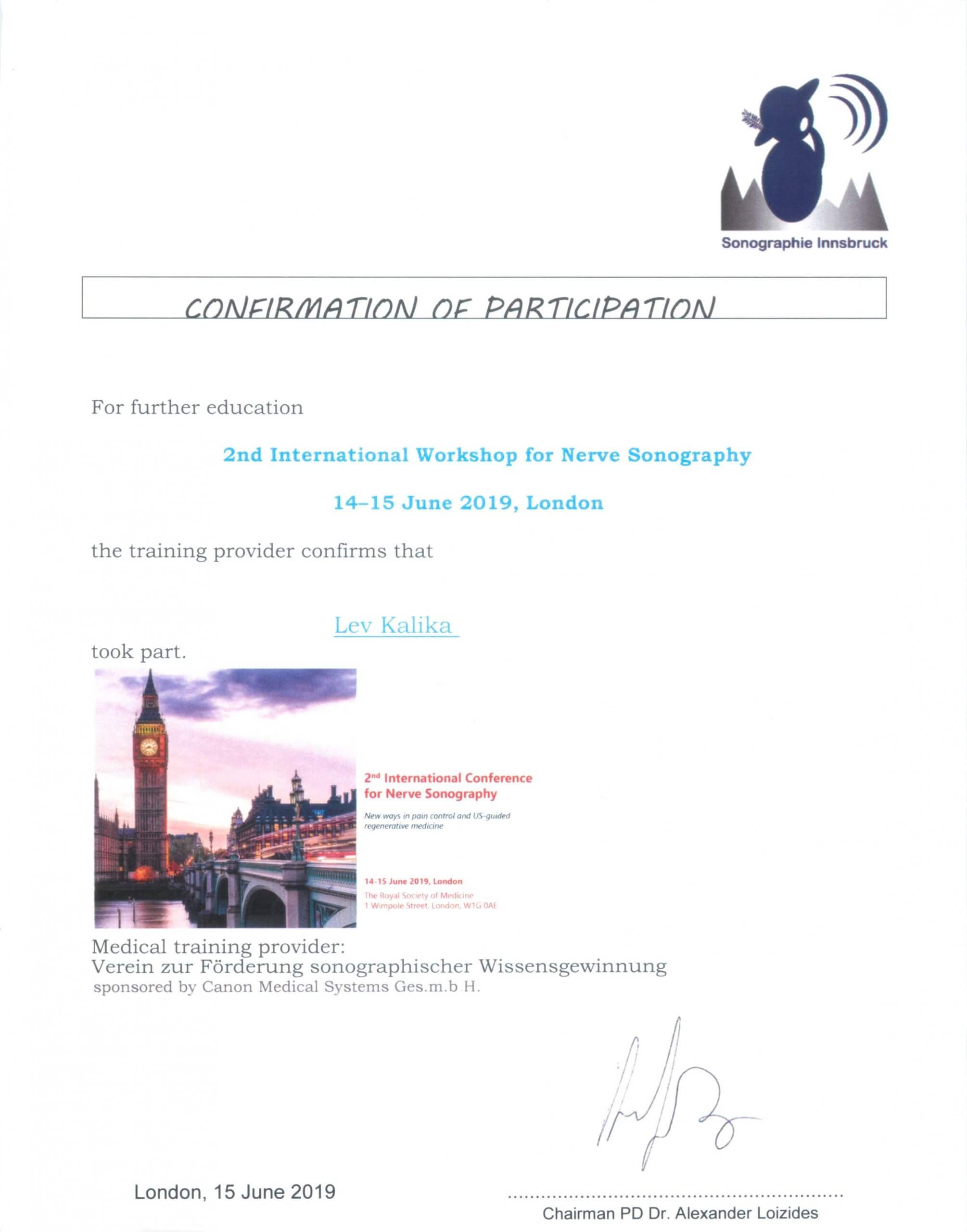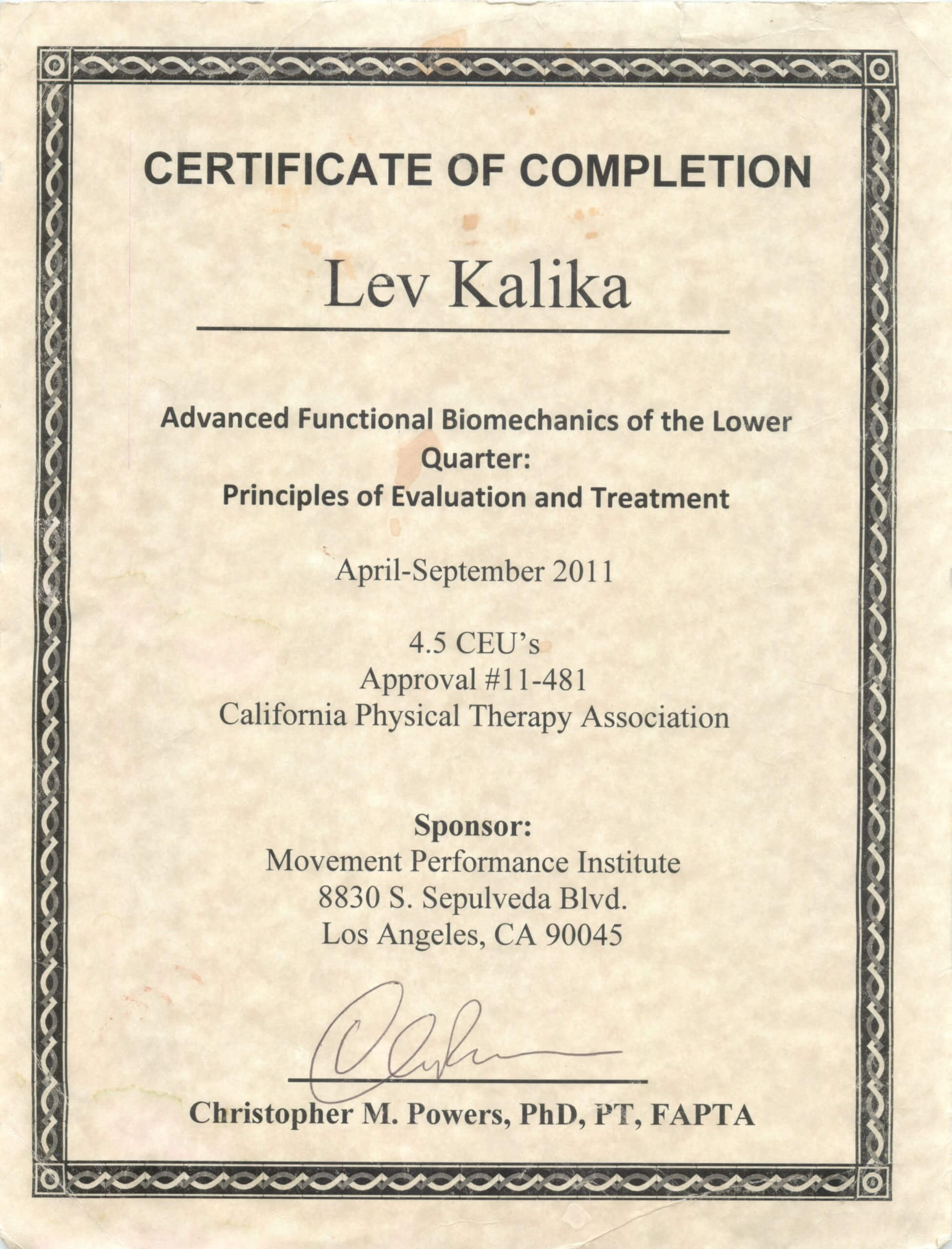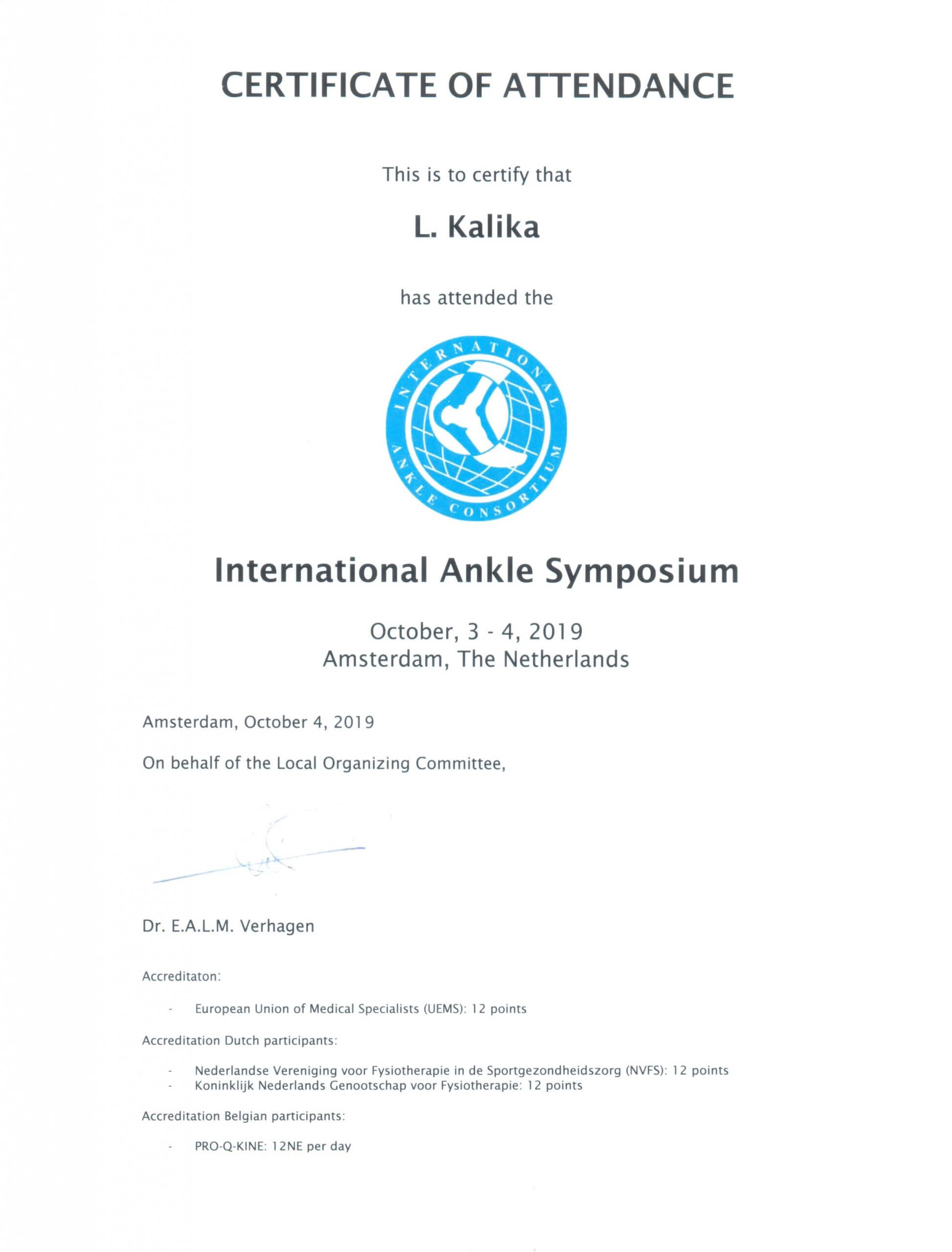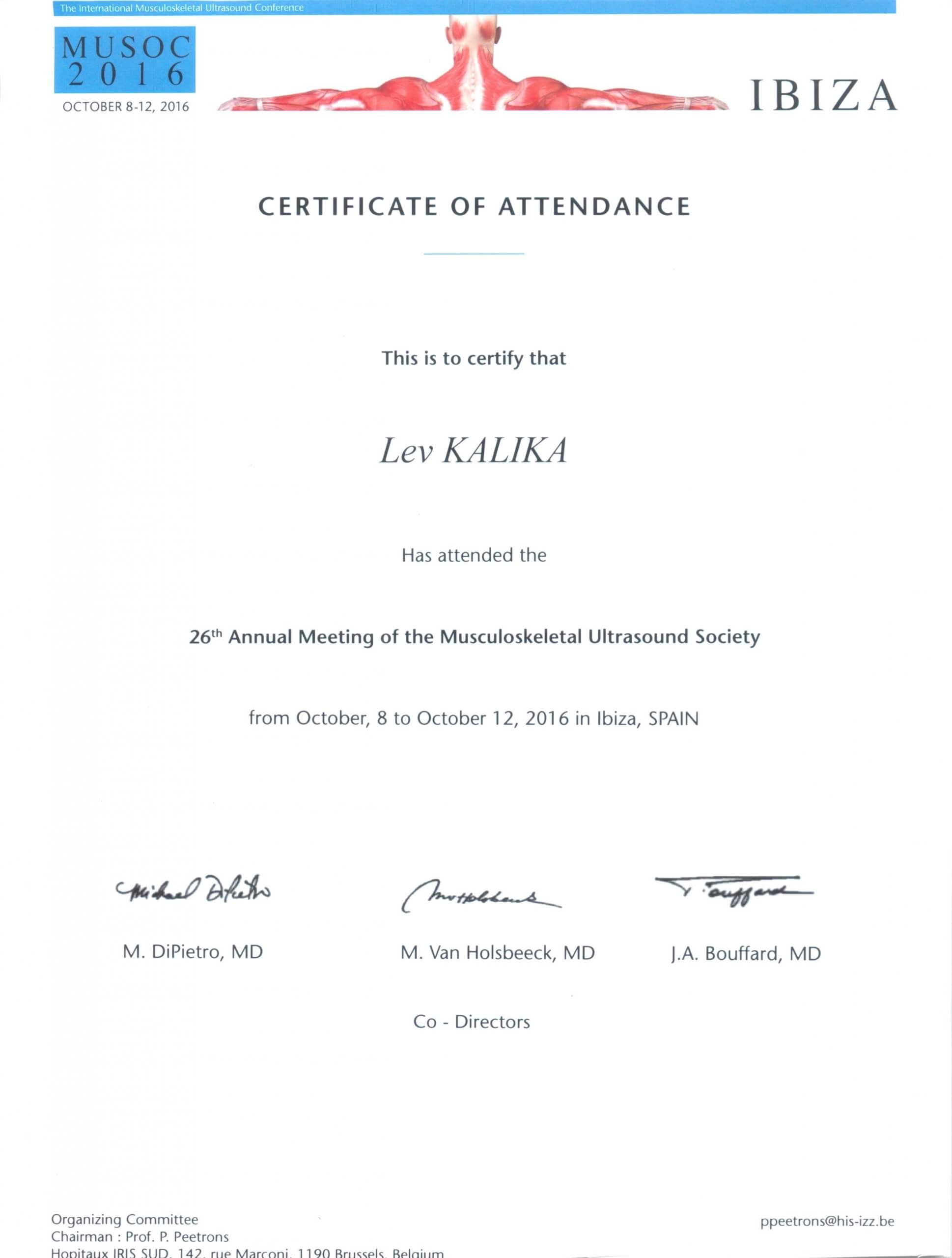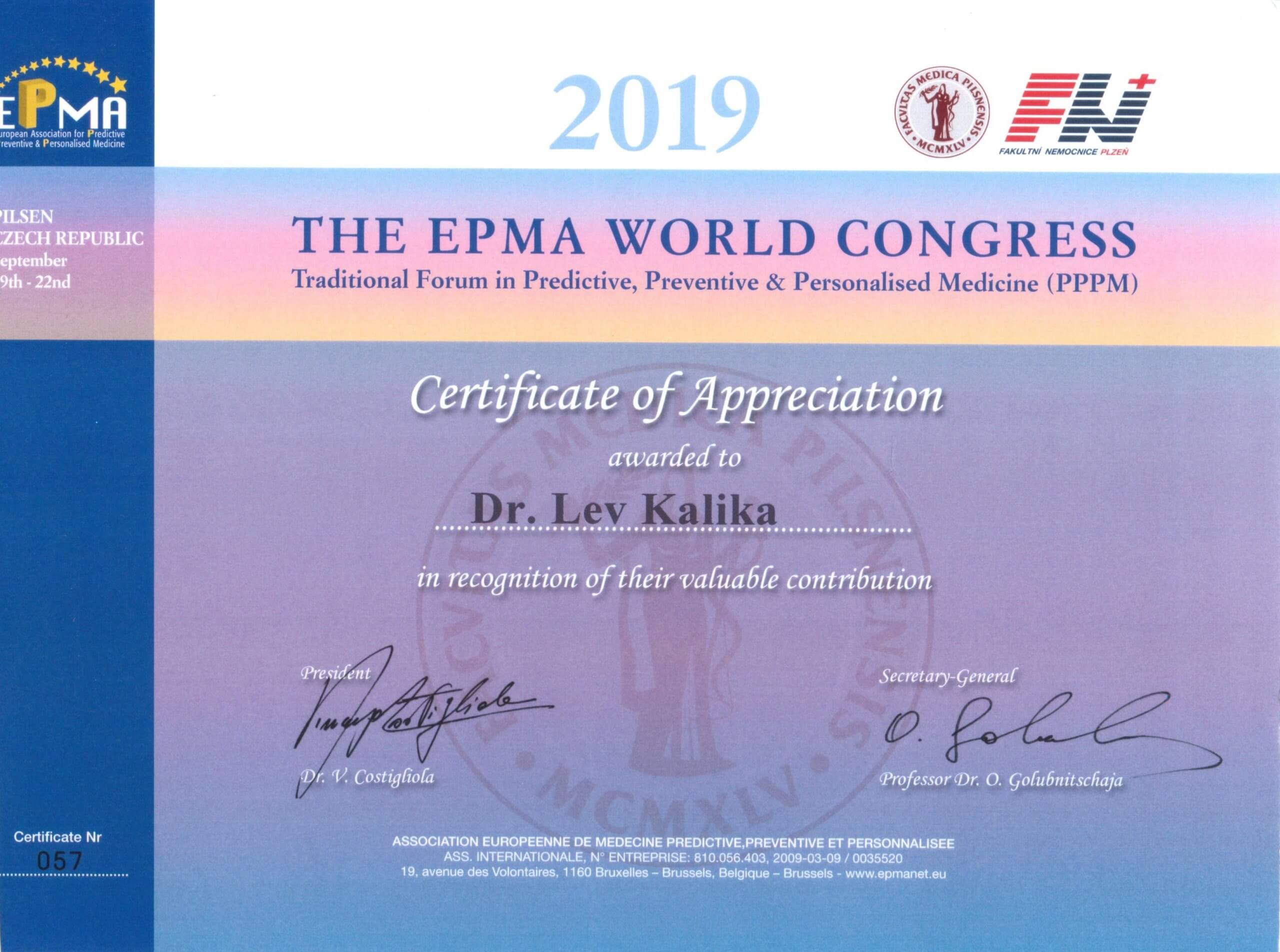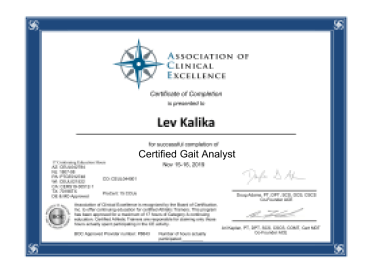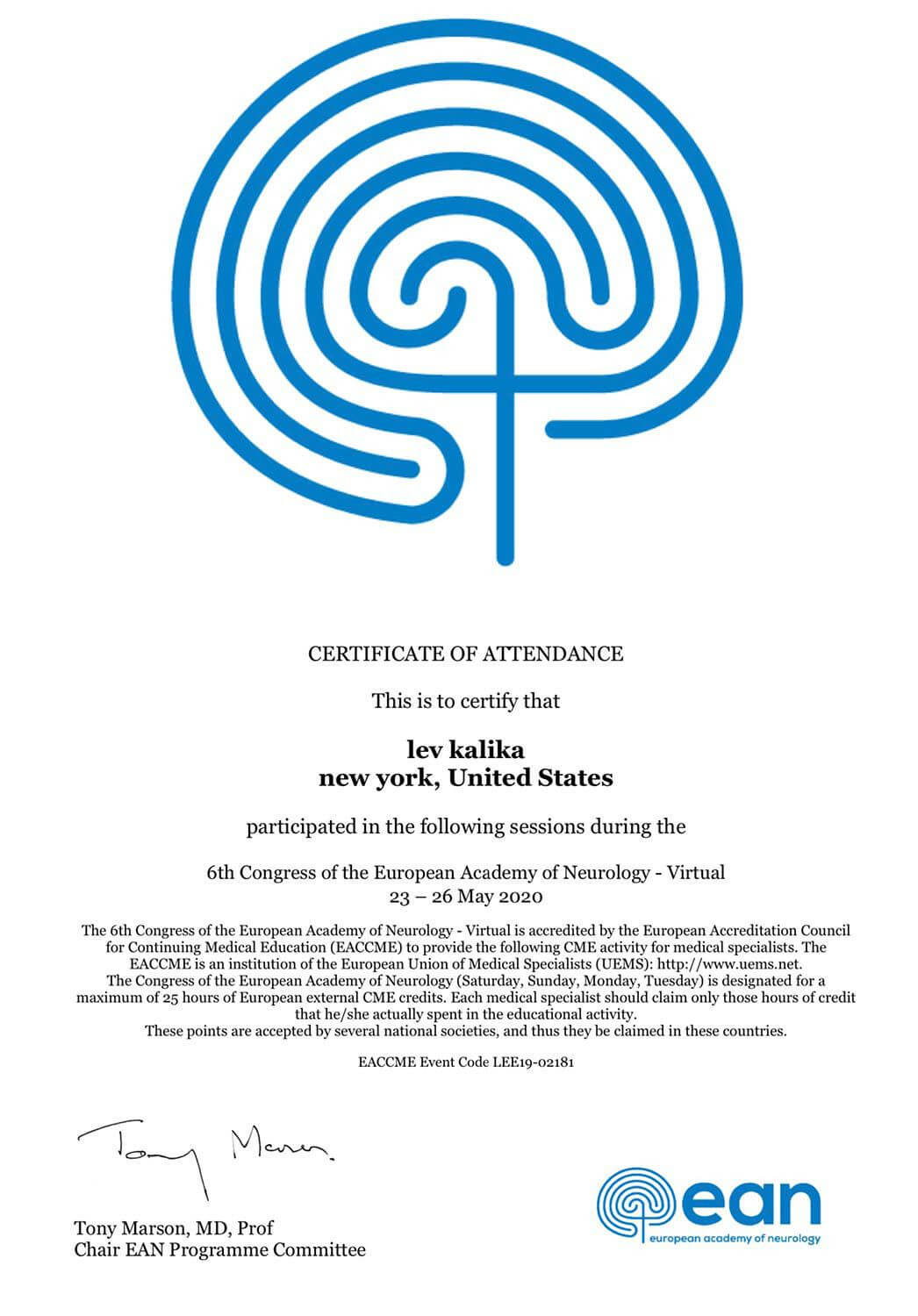You don’t have to be a parent to observe young school children waiting at the bus stop or trudging along the sidewalk on their way to school, carrying backpacks that are nearly as big as they are, filled with books and school supplies. You can’t help but wonder how much weight those tiny bodies are carrying, and whether doing so has negative health consequences, especially on posture and overall spinal health.
A number of researchers have asked the same questions, and come up with varying conclusions.
Van Gent et al., 2003: This study of 145 young adolescents in the Netherlands asked whether complaints of neck, shoulder and back pain were associated with carrying heavy school bags. The research team concluded that relative weight of schoolbags was not related to complaints of back, neck and shoulder pain, but that psychosomatic factors were strongly associated. Researchers also observed that children who did not participate in sports reported a higher incidence of back pain.
Hadžiomerović et al., 2018: Seventy-nine fifth and sixth grade students were the subjects of this study, which explored the relationship between schoolbag weight and reported back pain and fatigue. The authors concluded that schoolbags weighing more than 10 percent of the student’s body weight are more frequently associated with tiredness and back pain, and that back pain is more frequently reported by female students. They found no association between the method of carrying the schoolbag and back pain.
Noll et al. 2016: This study of 1720 fifth to eighth graders looked at causes of back pain in general, and concluded that back pain is associated with multiple variables, including sex, parents with back pain, frequency of physical activity, daily time spent watching television, studying in bed, sitting posture while writing, computer use, and the way in which students carried their schoolbags.
Spiteri et al., 2017: In this study population of 4005 schoolchildren, over 70 percent carried a schoolbag exceeding the recommended weight of 10 percent of the child’s body weight. Only 32 percent reported back pain, and 74 percent of those said pain was of low in intensity. Back pain was statistically related to sex, body mass index, and ratio of schoolbag weight to body weight.
Yamato et al., 2018: This article reviewed 69 cross-sectional and longitudinal studies on the relationship between schoolbags and back pain in children. The authors found no consistent association between schoolbag use and back pain. They concluded, “There is no convincing evidence that aspects of schoolbag use increase the risk of back pain in children and adolescents.”
Back, neck and shoulder pain is not normal for children or adults, and should not be ignored. The back pain specialists at NYDNR can identify and correct the source of pain, and help restore normal pain-free function. Contact us today and enjoy a pain-free future.
Resources van Gent, Charlotte, et al. “The weight of schoolbags and the occurrence of neck, shoulder, and back pain in young adolescents.” Spine 28.9 (2003): 916-921.
Hadžiomerović, Amra Mačak, et. al. “Schoolbags and associated back pain.” Journal of health sciences 40.10 (2018): 1-10.
Noll, Matias, et al. “Back pain prevalence and associated factors in children and adolescents: an epidemiological population study.” Revista de saude publica 50 (2016): 31.
Spiteri, Karl, et al. “Schoolbags and back pain in children between 8 and 13 years: a national study.” British journal of pain 11.2 (2017): 81-86.
Yamato, Tiê Parma, Chris G Maher, Adrian C Traeger, Christopher M Wiliams, and Steve J Kamper. “Do Schoolbags Cause Back Pain in Children and Adolescents? A Systematic Review.” British Journal of Sports Medicine 52.19 (2018): 1241-1245.



